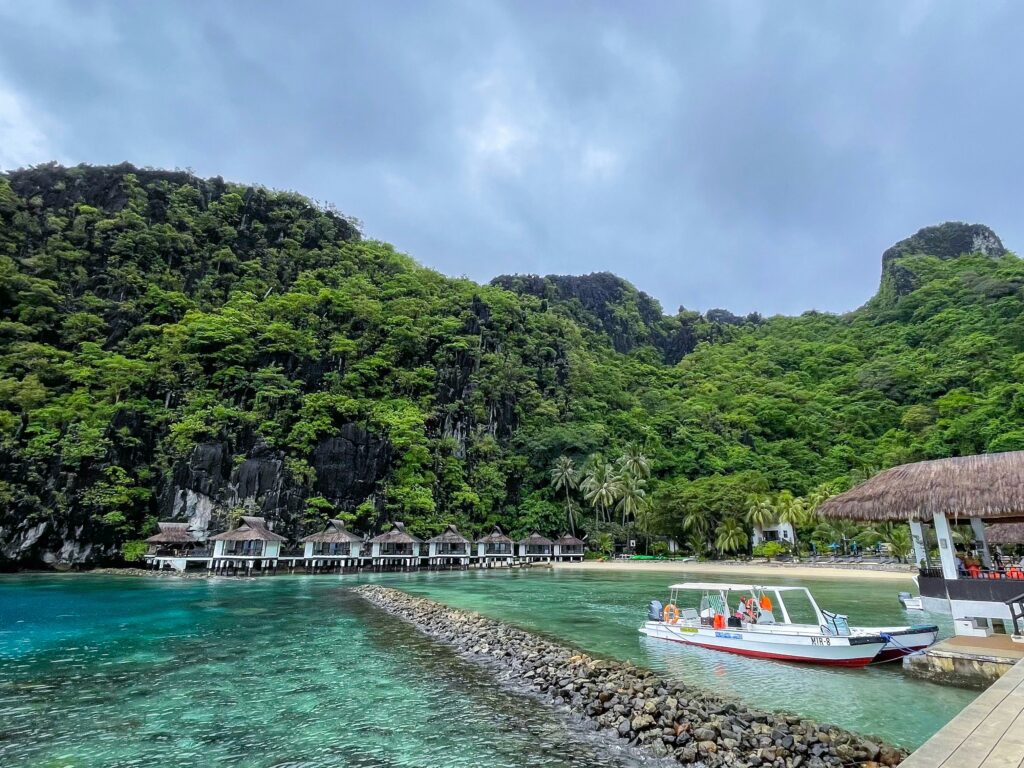Coastal communities adopt a sustainable lifestyle by implementing responsible resource management, promoting conservation efforts, and embracing climate change adaptation measures to ensure the long-term viability of their ecosystems.

Coastal Community-led conservation by WWF. PHOTO: Jules Jal / WWF
Coastal communities are settlements located in close proximity to coastlines, where land and ocean intersect. These regions are characterized by their rich biodiversity and abundant resources. However, coastal communities also face significant vulnerability to environmental challenges due to their geographical location.
Adopting a sustainable lifestyle in coastal areas is important as it holds the key to preserving the delicate balance between human activities and fragile coastal ecosystems. By embracing sustainable practices, coastal communities can safeguard their environment and enhance their resilience.
Environmental Challenges Faced by Coastal Communities
One of the most pressing challenges for coastal communities is the steady rise in sea levels caused by climate change. This phenomenon poses a direct threat to coastal settlements, causing erosion, inundation of low-lying areas, and salinization of freshwater sources. Rising sea levels also intensify the impact of storm surges, according to NOAA.
Another challenge is coastal erosion. While it is a natural process, it has been accelerated by human activities such as urban development, sand mining, and climate change. The loss of natural buffers like dunes and mangrove forests exacerbates the effects of erosion, leaving coastal communities exposed to the destructive forces of waves and storms.
Coastal communities also bear the brunt of pollution, both from land-based and marine sources, according to the Environmental Protection Agency (EPA). Runoff from agriculture, industry, and urban areas carries pollutants such as chemicals, fertilizers, and plastics into the oceans, contaminating marine habitats and harming marine life. Pollution not only affects ecosystem health but also jeopardizes the livelihoods of coastal communities dependent on fishing and tourism.
Sustainable Coastal Resource Management
Sustainable coastal resource management is closely linked to Integrated Coastal Zone Management (ICZM) as it emphasizes the holistic and integrated approach to balance ecological, social, and economic considerations in the conservation and sustainable use of coastal resources, according to the European Environment Agency (EEA). It involves the coordination and integration of different sectors to ensure sustainable development. ICZM aims to balance competing interests, promote stakeholder engagement, and foster collaboration among government agencies, local communities, and relevant organizations.
Aside from ICZM, conservation and restoration efforts such as coastal habitat restoration and sustainable fisheries management play a crucial role in sustainable coastal resource management. Protecting and preserving key habitats helps maintain biodiversity, improve water quality, and enhance coastal resilience, according to WWF Pacific. Additionally, the restoration of degraded areas through wetland restoration and coral reef rehabilitation can help revive ecosystem functions, support fish populations, and mitigate the effects of climate change.
Sustainable coastal resource management must also include adaptation strategies to mitigate and cope with the impacts of climate change. This may involve implementing coastal protection measures, enhancing natural coastal defenses, and promoting climate-resilient infrastructure.
Coastal Community Resilience and Adaptation
Adaptation is a key component of coastal community resilience. It involves the adjustment of policies, practices, and behaviors to reduce vulnerability and build resilience to changing environmental conditions, according to Springer. Adaptation strategies may include coastal protection measures such as building seawalls, creating dunes, or implementing nature-based solutions like restoring mangroves or creating wetlands.
Successful resilience and adaptation efforts require active community engagement and collaboration among stakeholders. Coastal communities should have a voice in decision-making processes. Collaboration among government agencies, scientists, NGOs, and community-based organizations is essential to combine expertise, share resources, and develop effective and inclusive resilience plans, according to Springer.
It also requires long-term planning and policy integration at various levels. Governments should prioritize the incorporation of resilience and adaptation considerations into coastal zone management plans, land-use regulations, and infrastructure development projects.
Importance of Sustainability to Coastal Community

Coastal Community-led conservation by WWF. PHOTO: Jules Jal / WWF
Coastal communities rely heavily on the resilience of coastal ecosystems for their livelihoods. By adopting sustainable practices, such as responsible resource management, conservation efforts, and climate change adaptation measures, coastal communities can ensure the long-term viability of their ecosystems and economies.
Sustainability not only safeguards the unique beauty and biodiversity of coastal areas but also protects the livelihoods of residents, and promotes resilience in the face of environmental challenges. Embracing sustainability is not just a choice but a necessity to ensure resilient coastal communities.
Sources
-
NOAA. (n.d.). What threats do coastal communities face? Retrieved from https://oceanservice.noaa.gov/facts/coastalthreat.html
-
US Environmental Protection Agency. (n.d.). Climate Impacts on Coastal Areas. Retrieved from https://19january2017snapshot.epa.gov/climate-impacts/climate-impacts-coastal-areas_.html
-
World Bank. (2019). Management of Coastal Resources for Sustainable. Retrieved from https://www.worldbank.org/en/results/2019/06/07/management-of-coastal-resources-for-sustainable-development-greater-resilience-better-livelihoods-vietnams-experience
-
WWF Pacific. (n.d.). Sustainable Coastal Resource Use Management. Retrieved from https://www.wwfpacific.org/what_we_do/freshwater/
-
European Environment Agency. (n.d.). integrated coastal zone management. Retrieved from https://www.eea.europa.eu/help/glossary/eea-glossary/integrated-coastal-zone-management
-
Springer. (2020). Coastal community resilience frameworks for disaster risk management. Retrieved from https://link.springer.com/article/10.1007/s11069-020-03875-3
-
IGI-global. (n.d.). What are Coastal Communities. Retrieved from https://www.igi-global.com/dictionary/efficiency-of-artificial-reefs-for-local-communities-over-time/109593



